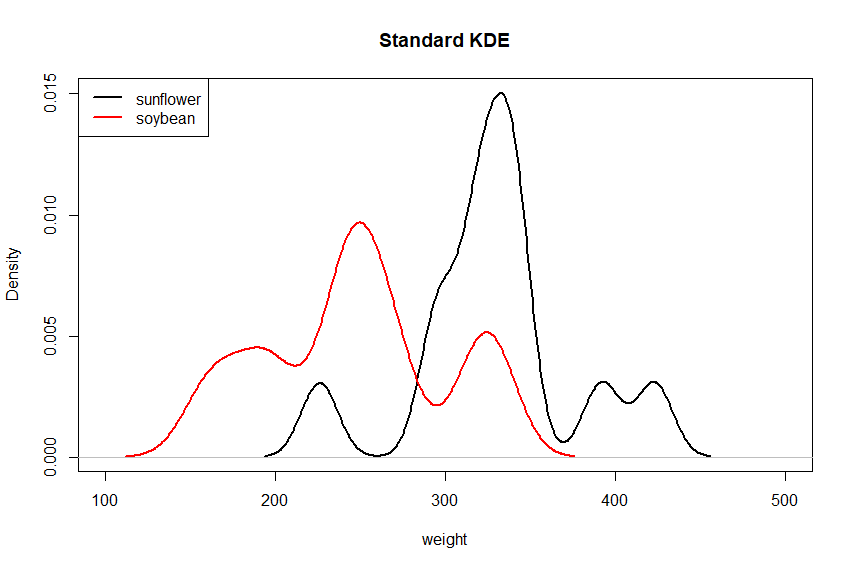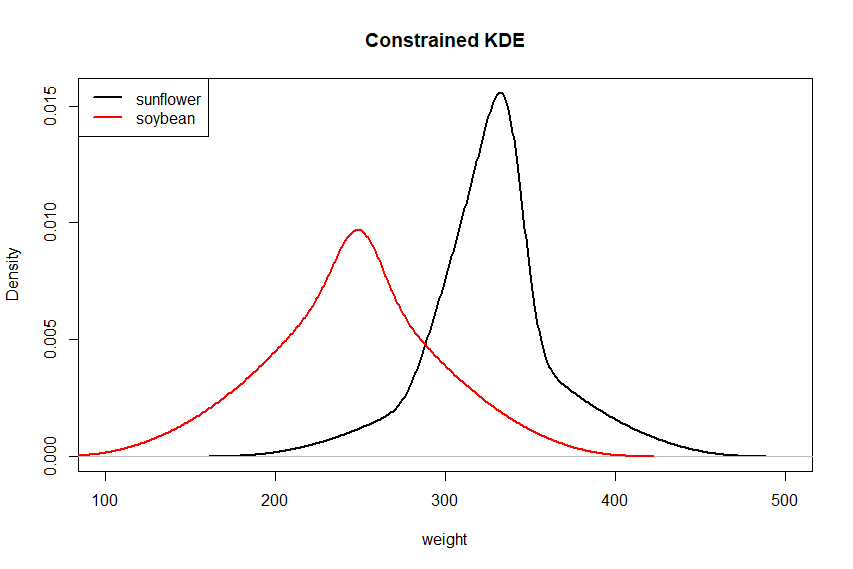Software
Autologistic.jl: Autologistic models in Julia
Autologistic.jl allows you to carry out autologistic regression analysis (like logistic regression, but with correlated responses). You can also compare different parametrizations of the autologistic model, do random sampling from Ising/autologistic models, and so on.
It is a registered Julia package, so you can install it by simply running add Autologistic from Julia's package manager prompt. Compared to the MATLAB code mentioned below, this package is more flexible and extensible. It's also an example of the potential to optimize peformance in Julia: perfect sampling is well over 100X faster.
Examples of how to use the package can be found on the help pages.
ALRMatlab: MATLAB code for autologistic regression
In working on the paper Better Autologistic Regression, I developed a MATLAB object-oriented package for working with these models. The code has been placed on GitHub. Scripts used to generate most of the figures and simulations in the paper are also found in the repository.
R package scdensity
Package scdensity unifies a few methods for enforcing shape constraints on probability density estimates. Because it uses the familiar kernel density estimator, getting shape-constrained estimates should be no more difficult than getting regular estimates.
Shape constraints are especially useful if you have a small data set or the data is noisy. For example, the chickwts data set in R gives the weights of chicks that were fed with different diets. The sunflower and soybean groups have 12 and 14 observations, respectively. The figures below show what you get with a standard kernel density estimator (KDE) versus a shape-constrained KDE. The shape constraint used here was the twoInflections+ constraint in scdensity. It ensures that the estimate has only two inflection points, and its derivative has only three inflection points. The constraint makes the nonparametric estimate look more like a parametric one.


The ffslides LaTeX document class
The ffslides ("freeform slides") LaTeX class started as a bunch of macros I wrote to allow me to create presentations using the article class. But as I have ended up using them exclusively to produce my presentations and even certain research notes for my own use, I thought it might be worthwhile to work it up into a document class. The class might be for you if:
You want to design slides in your own style.
You want to be able to place some text or a figure anywhere on a slide, without having to fight some automatic class behaviour.
You want to avoid everyone knowing instantly that you used beamer to make your slides.
If you're interested, you can view the CTAN page, or you could download the manual (which is itself made using the class) to see what it's about.
R package kofnGA
I have written a small R package called kofnGA. It implements a genetic algorithm to do subset selection. It's for picking subsets of a fixed size k from n alternatives. The main selling point of the package is that it works with an objective function that is arbitrary and user-defined. So it should be worth a shot for any subset selection problem you happen to have. A paper demonstrating and evaluating the package is available in Journal of Statistical Software.
(If you're curious about the little badge above with the download stats, see here)
Supplementary code for Ch. 16 of Current Air Quality Issues.
There is sample code to accompany a chapter written by me and Charmaine Dean in the book Current Air Quality Issues. See the page.
Other code
If you use XYplorer file manager, you may wish to run Windows Search inside the program. I've written a script to do this.
My contributions to MATLAB central file exchange. Most useful here is a small function to make a nice dotplot.
The autologistic regression model demo on this website is an example of using javascript/html/css to build an interactive numerical demonstration and visualization.